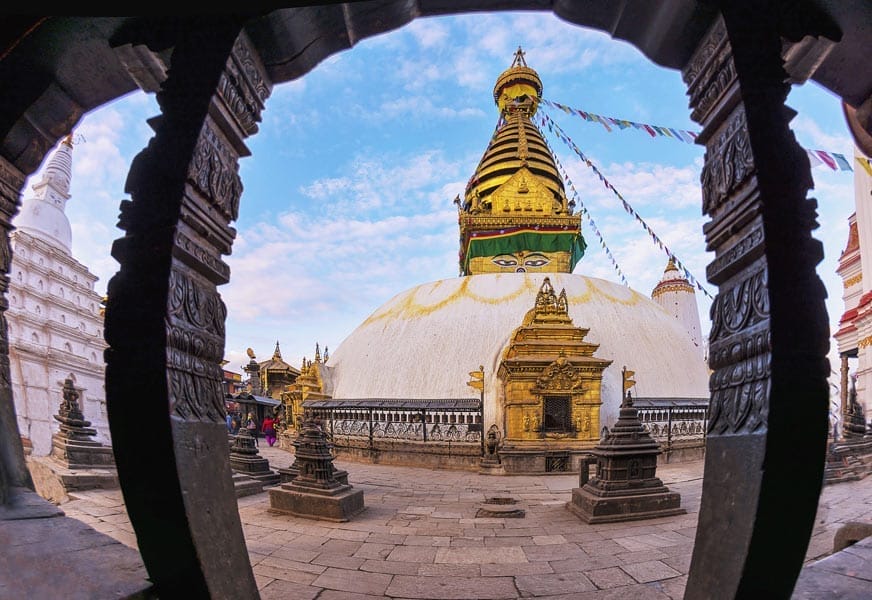Discover the Kathmandu Valley: A Cultural Odyssey
The Kathmandu Valley, a UNESCO World Heritage Site, is a gem of history and culture nestled in the heart of Nepal. Home to seven remarkable cities, each one is rich in unique heritage and stunning architecture. Thus, a tour of the Kathmandu Valley promises an unforgettable experience filled with the vibrancy of Nepalese culture.
Explore Historic Cities
To begin your journey, start in Kathmandu, the bustling capital where ancient traditions meet modern life. For instance, visit the iconic Swayambhunath Stupa, also known as the Monkey Temple. It sits atop a hill and offers breathtaking views of the city. In addition, don’t miss the intricate Durbar Square, a UNESCO site adorned with centuries-old palaces and temples showcasing exquisite craftsmanship.
Moreover, a short drive away is Patan, famous for its artistic heritage. Here, Patan Durbar Square is a must-visit, featuring ornate temples and fascinating museums. Furthermore, take a moment to explore local artisan workshops, where you can witness traditional crafts like wood carving and metalwork.
Next, head to Bhaktapur, a well-preserved medieval city. While wandering through its charming streets, make sure to savor local delicacies, especially the renowned king curd (juju dhau). Additionally, engage in vibrant festivals that celebrate the city’s rich traditions, adding to your immersive experience.
Engage with Local Culture
In fact, the Kathmandu Valley is a living museum of diverse cultures. Therefore, engage with local communities by participating in traditional rituals. For a unique experience, consider attending a Thangka painting workshop to learn about this intricate art form, or join a cooking class to explore the flavors of Nepalese cuisine.
Plan Your Visit
To maximize your Kathmandu Valley tour, visit during the spring or autumn months when the weather is pleasant and festivals are lively. Regardless of your interests, whether you’re a history enthusiast, an art lover, or simply seeking adventure, the Kathmandu Valley has something for everyone.
In conclusion, embark on this cultural journey and discover the heart of Nepal in the enchanting Kathmandu Valley. With its rich heritage and warm hospitality, your exploration will leave you with unforgettable memories and a deeper appreciation for this extraordinary destination.




